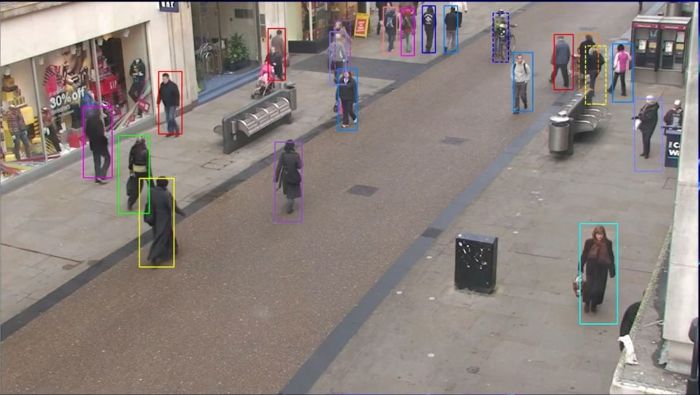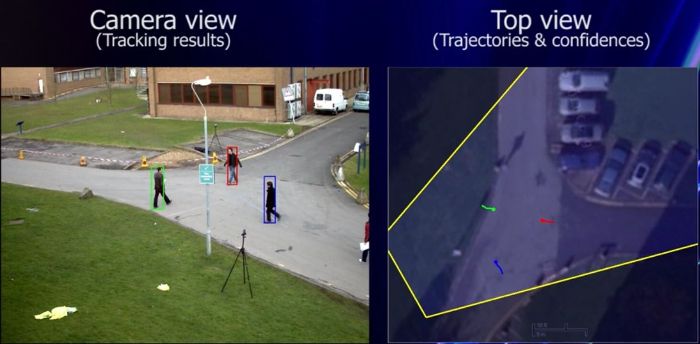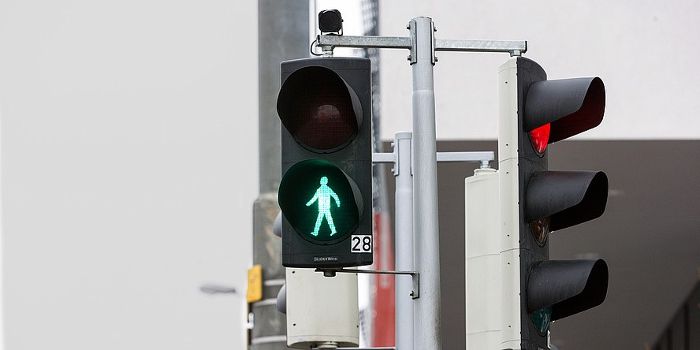Austria’s Graz University of Technology (TU Graz) is developing an innovative camera system that recognizes pedestrians’ intention to cross the road and automatically changes traffic signals to accommodate them, as part of a project that was commissioned by the City of Vienna.
In Vienna there are around 200 push-button signalized pedestrian crossings that allow people to cross the road safely after a brief waiting time, which is annoying for many people. This often results in pedestrians not waiting for the green phase, but instead walk off in a different direction or cross the street when the lights are red. Others trigger the lights, then cross if there are no vehicles present, resulting in drivers having to stop even though nobody is there. In a project commissioned by Vienna’s Municipal Department 33, which is responsible for urban lighting, traffic signals and other assets, researchers at TU Graz’s Institute of Computer Graphics and Vision have developed a new pedestrian traffic light system that more convenient and is intended to replace the push-button system.

The innovative camera-based system recognizes the intention of pedestrians to cross the road and halts the traffic automatically. The system features a wide-angle camera mounted on each pedestrian traffic light and recognizes that someone wants to cross the street in seconds. When a pedestrian enters that zone, custom-designed deep-learning algorithms analyze their motion path, determining within a second whether or not they intend to cross the road. The system then works with the city’s existing traffic management equipment, determining how soon the signal controller can activate the ‘walk’ light, based on the current traffic flow. Once the light is illuminated, it stays lit long enough for all the people detected by the camera to safely get across. However, if the system sees that someone has approached the crossing but then left, it will cancel the walk-light request, allowing traffic to flow uninterrupted.
The system can detect individual or multiple pedestrians, including children and people with umbrellas or buggies, with no data protection issues, as the images are analyzed locally at the ‘edge’ within the camera unit. The pedestrian crossing signal is also equipped with a monitoring system that can report faults immediately, and the system has been developed to work round-the-clock even in a harsh environments or weather conditions, while also dealing with voltage fluctuations. Vienna’s traffic management contractor, Günther Pichler GmbH, will be installing the camera-based systems in place of the push-button signals in select locations around Vienna by the end of 2020 for evaluation purposes. The technology may be deployed citywide depending on the results of the trial project.

“It requires one second to estimate the intention, and after two seconds the estimation becomes reliable,” explained Horst Possegger, the TU Graz team leader. “Using the current configurations, our system predicts that wish to cross three to four seconds before the button is actually pushed. This all sounds very simple, but two years of intensive research were necessary due to the complexity of the requirements.”





